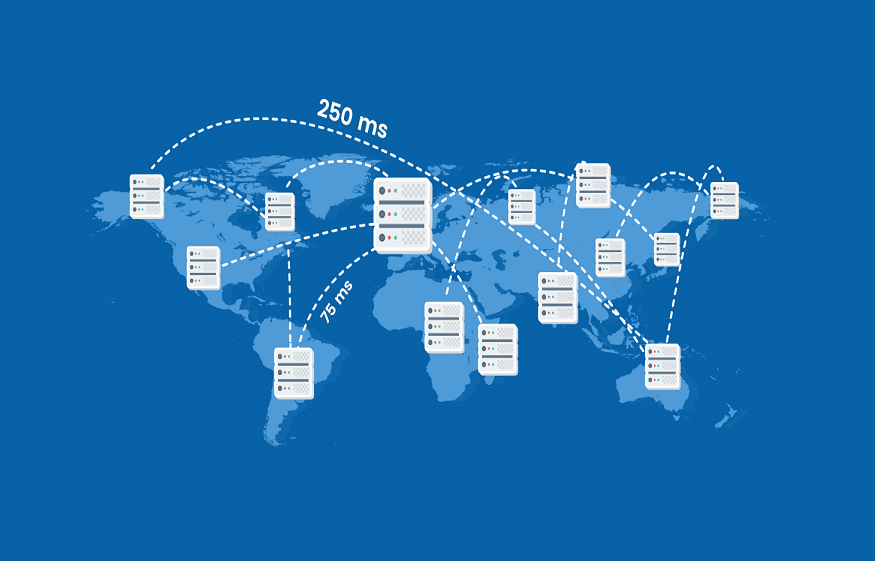In today’s digital age, network latency is a common issue that can significantly impact the performance of networks and applications. It refers to the time delay between sending and receiving data over a network. Various factors could cause the delay, and understanding the causes of network latency is essential to effectively troubleshooting and resolving these issues.
This article will explore some of the most common network latency causes.
Causes of Network Latency
As mentioned above, network latency refers to the delay or lag that occurs when data is transmitted over a network. It is the time it takes for data to travel from the source to the destination, and it is often measured in milliseconds (ms). The common causes of network latency are:
Network Congestion
One of the most common causes of network latency is network congestion. It occurs when there is too much data traffic on a network, causing delays in data transmission. Various factors, such as large file transfers, streaming services, and heavy use of cloud applications, cause it. You can tackle network congestion by implementing Quality of Service (QoS) protocols, which prioritise certain types of data traffic over others, ensuring that critical data is transmitted with minimal delay.
Bandwidth Limitations
Another common cause of network latency is bandwidth limitations. Bandwidth refers to the amount of data can be transmitted over a network in a given amount of time. If there is insufficient bandwidth to support the amount of data traffic on a network, this can cause delays in data transmission. It is widespread in networks that are over utilised or that are operating on outdated hardware. To address this issue, ensuring that your network infrastructure can support your data traffic requirements and that you have sufficient bandwidth to support your applications and users is vital.
Network Distance
The physical distance between network devices can also cause network latency. It is particularly true for wide-area networks (WANs) connecting networks across long distances. The farther data must travel across a network, the longer the latency. It can be addressed by using technologies such as WAN optimisation, which compresses data and reduces the amount of data that must be transmitted, reducing latency.
Network Protocol
The protocol used to transmit data over a network can also impact network latency. Different protocols have different requirements for data transmission, and some protocols are more efficient than others. For example, TCP (Transmission Control Protocol) is a reliable protocol that ensures data is transmitted correctly, but it can also introduce additional delays in data transmission. On the other hand, UDP (User Datagram Protocol) is a less reliable protocol that does not ensure data is transmitted correctly, but it is also faster and introduces less latency. Choosing the appropriate protocol for your network and applications minimises network latency.
Network Hardware
The hardware used to support a network can also impact network latency. It includes routers, switches, and other networking equipment. Outdated or insufficient hardware can cause delays in data transmission and other issues, such as network congestion and bandwidth limitations. Upgrading your network hardware can address these issues and improve the overall performance of your network.
Software Issues
Software issues can also cause network latency. It includes problems with network applications, operating systems, and other software that interacts with the network. Bugs, errors, and compatibility issues can impact network latency and other aspects of network performance. Ensuring that your software is up-to-date and free from problems can help to minimise network latency.
In short, network latency is a common issue that can significantly impact the performance of networks and applications. Understanding network latency cause is essential to effectively troubleshooting and resolving these issues. Common causes of network latency include network congestion, bandwidth limitations, network distance, network protocol, network hardware, and software issues. By addressing these issues, businesses can improve the performance of their networks and ensure that their applications and users are operating at maximum efficiency.




